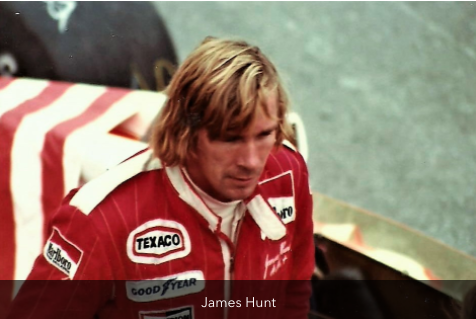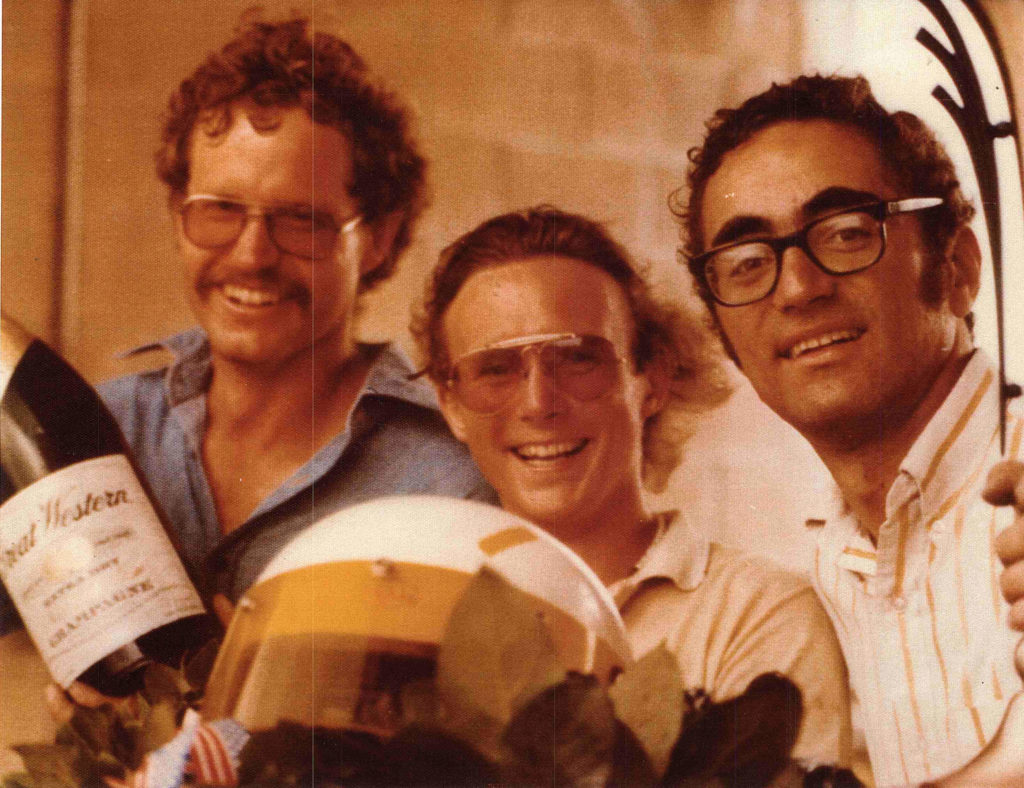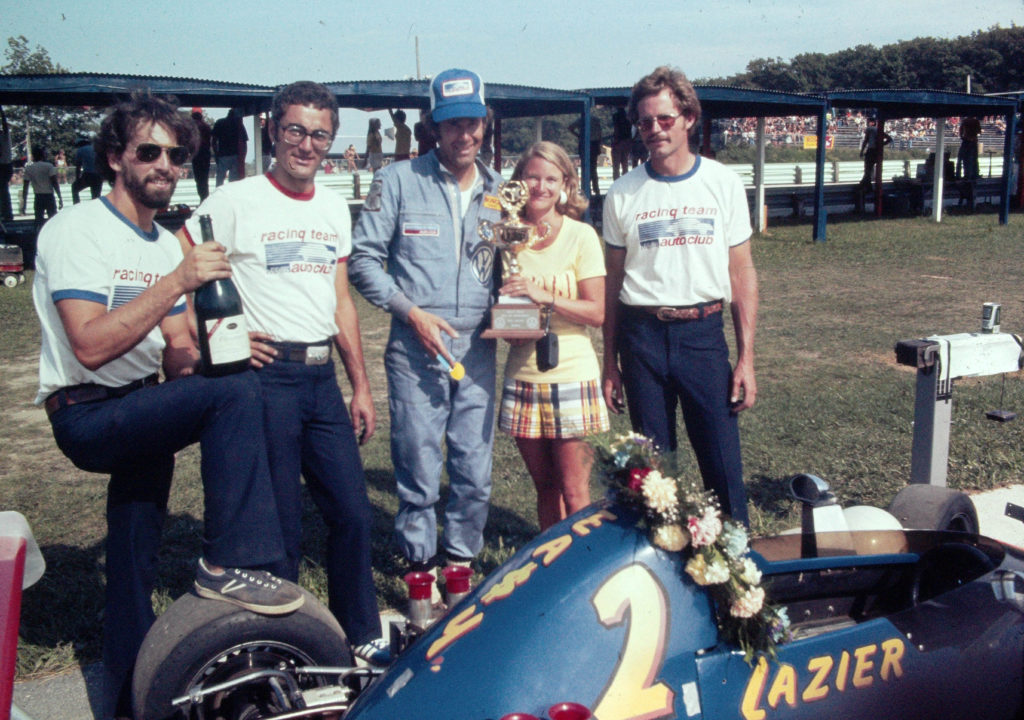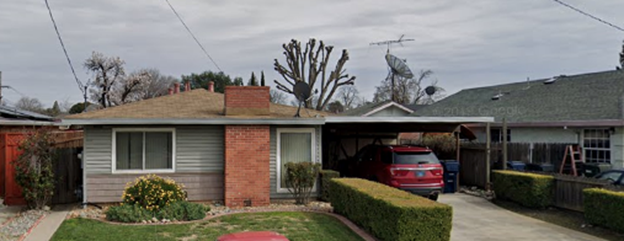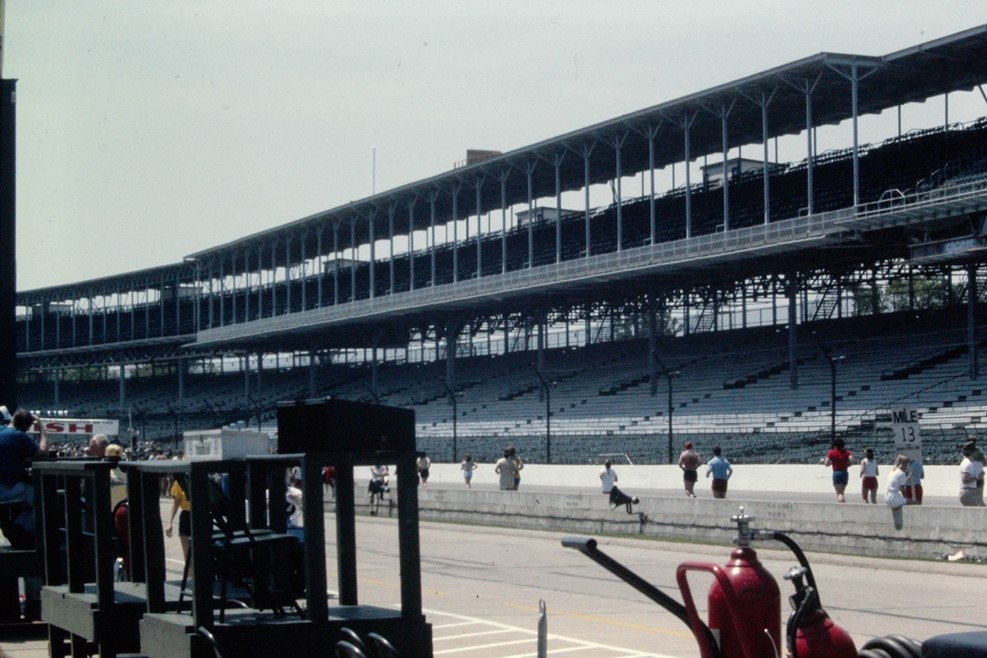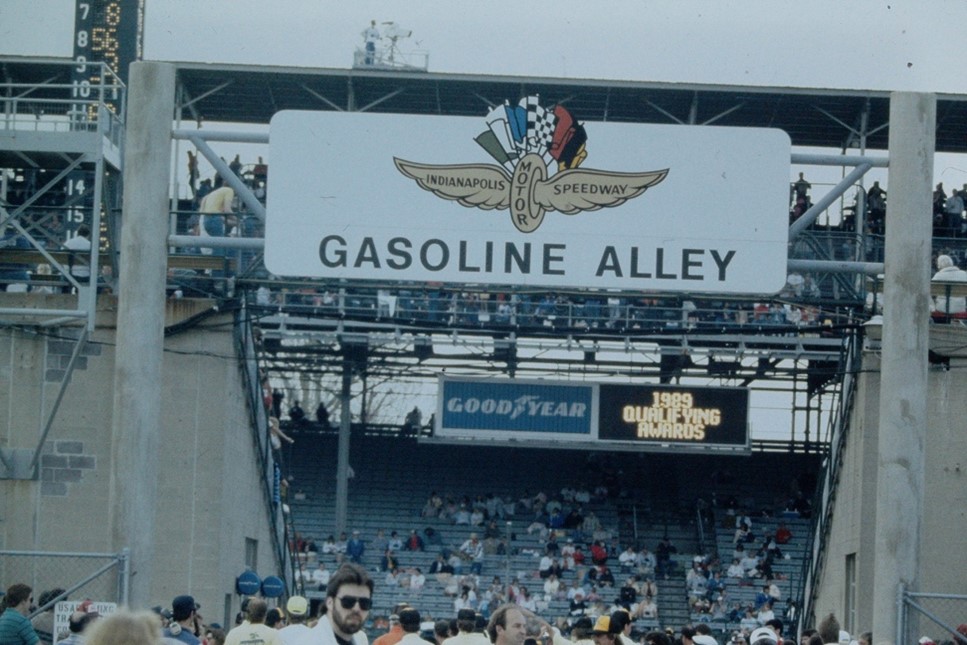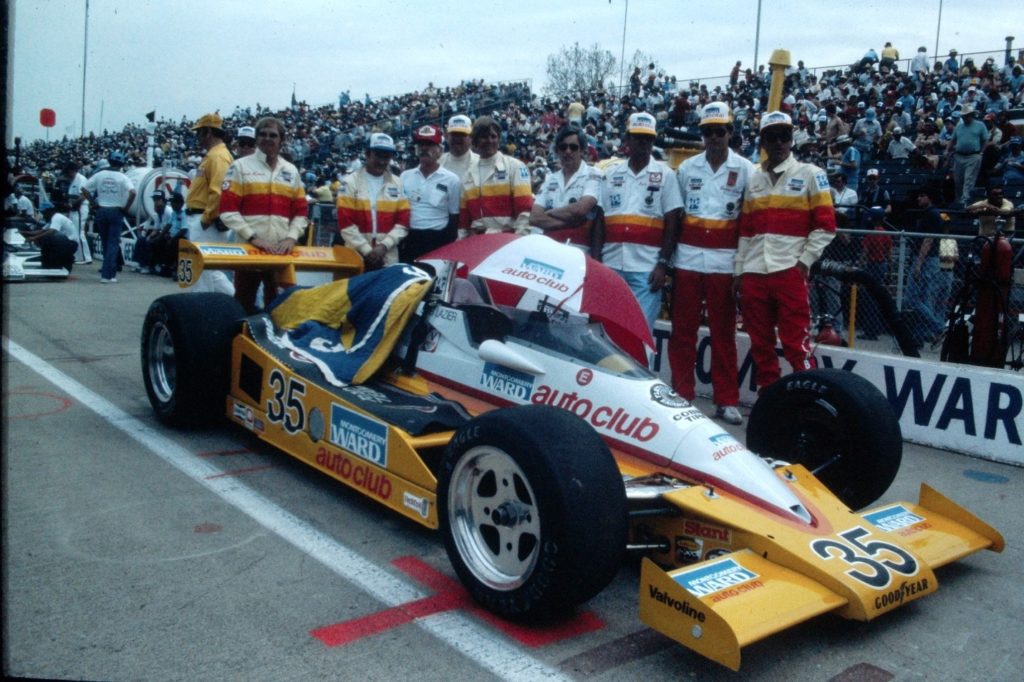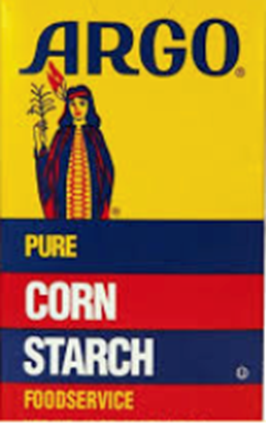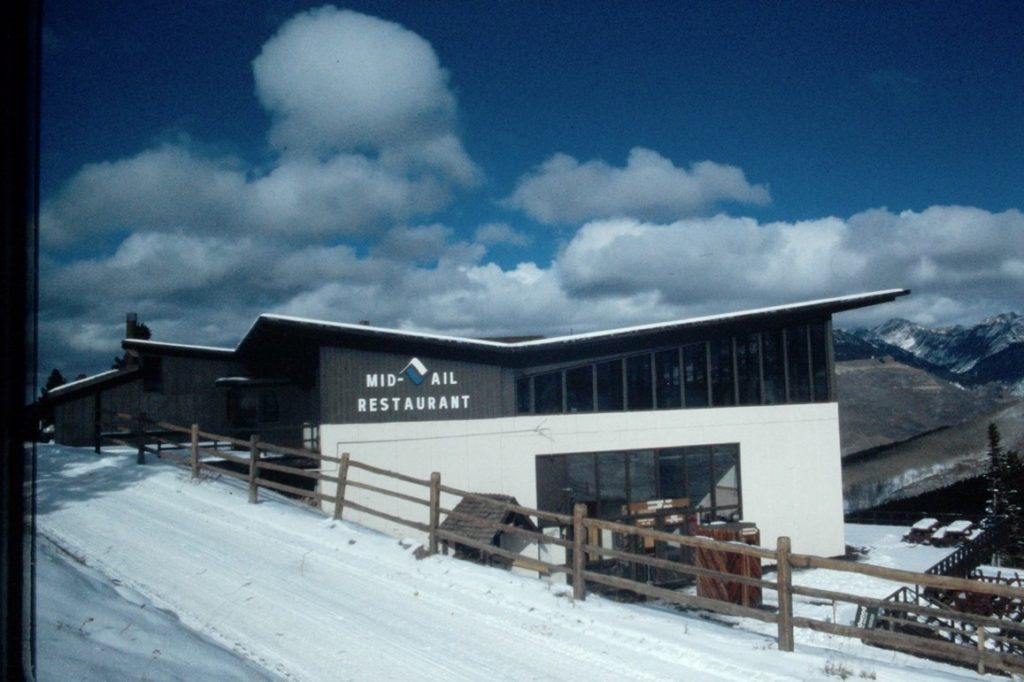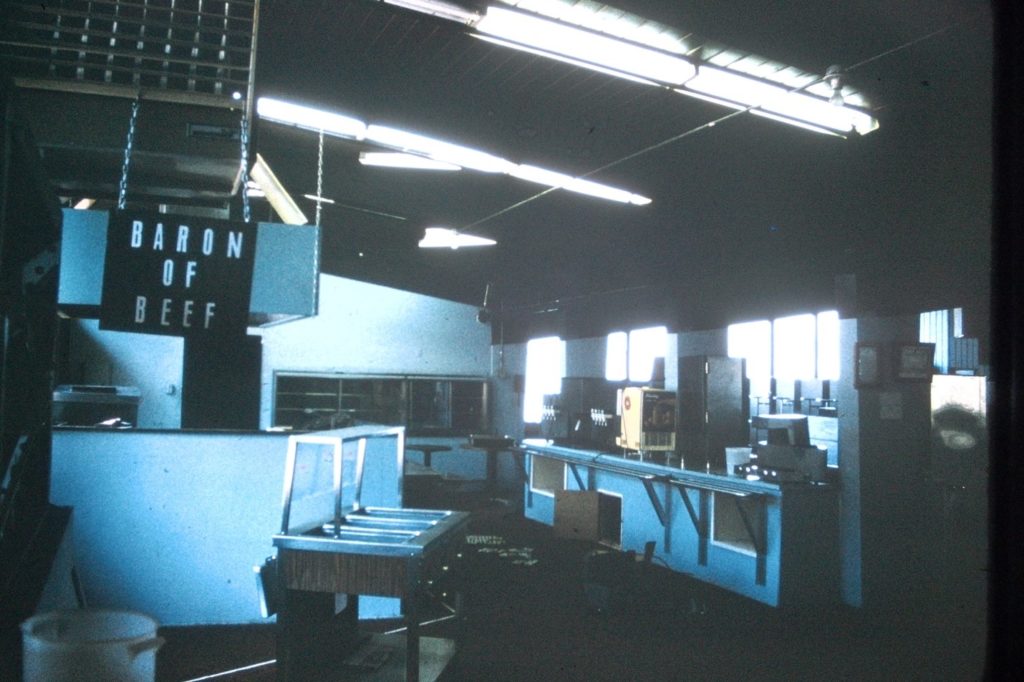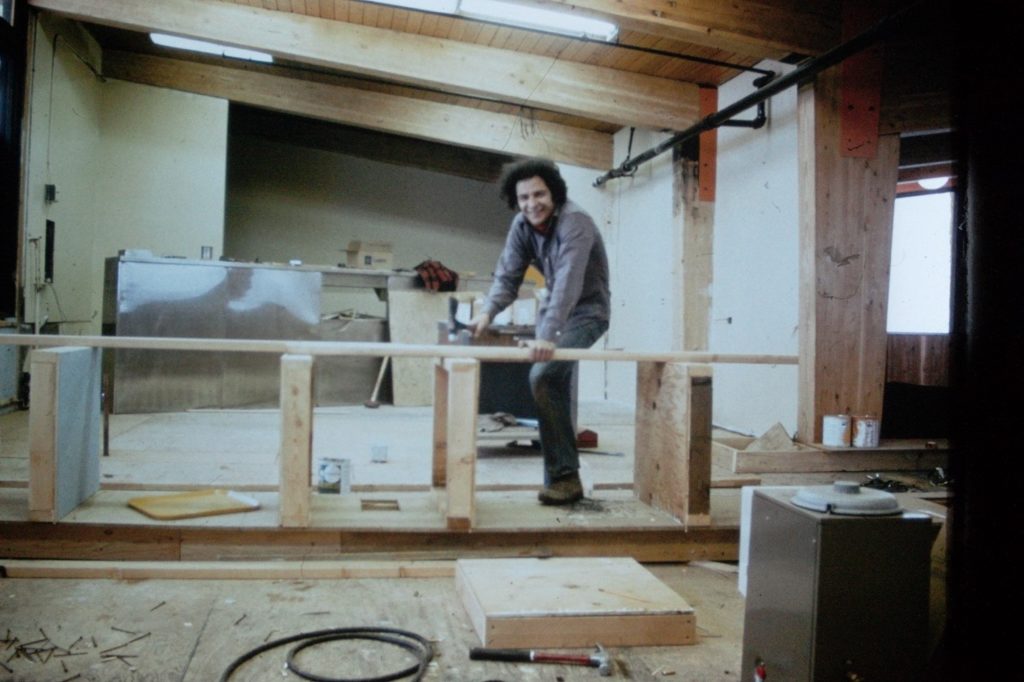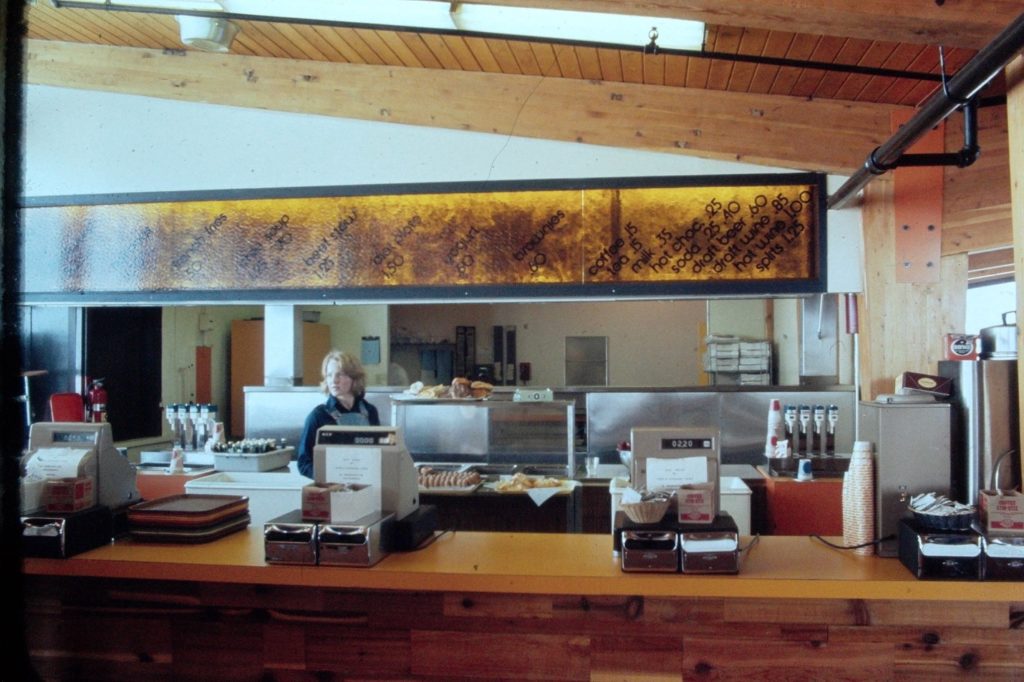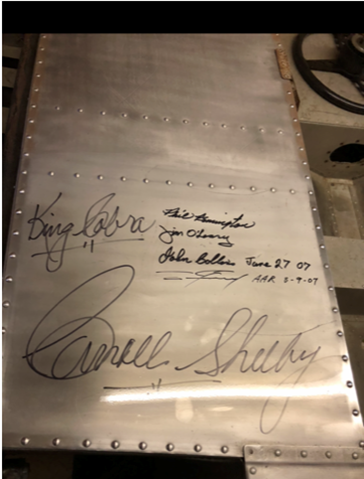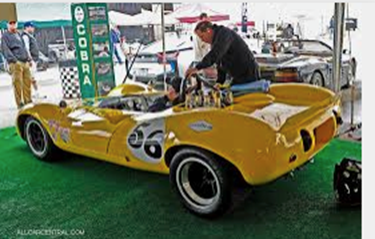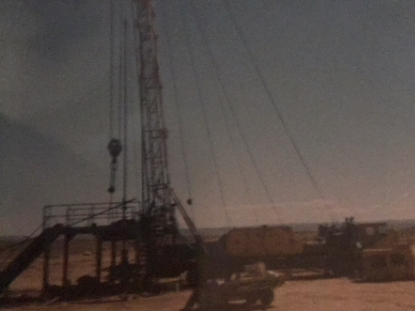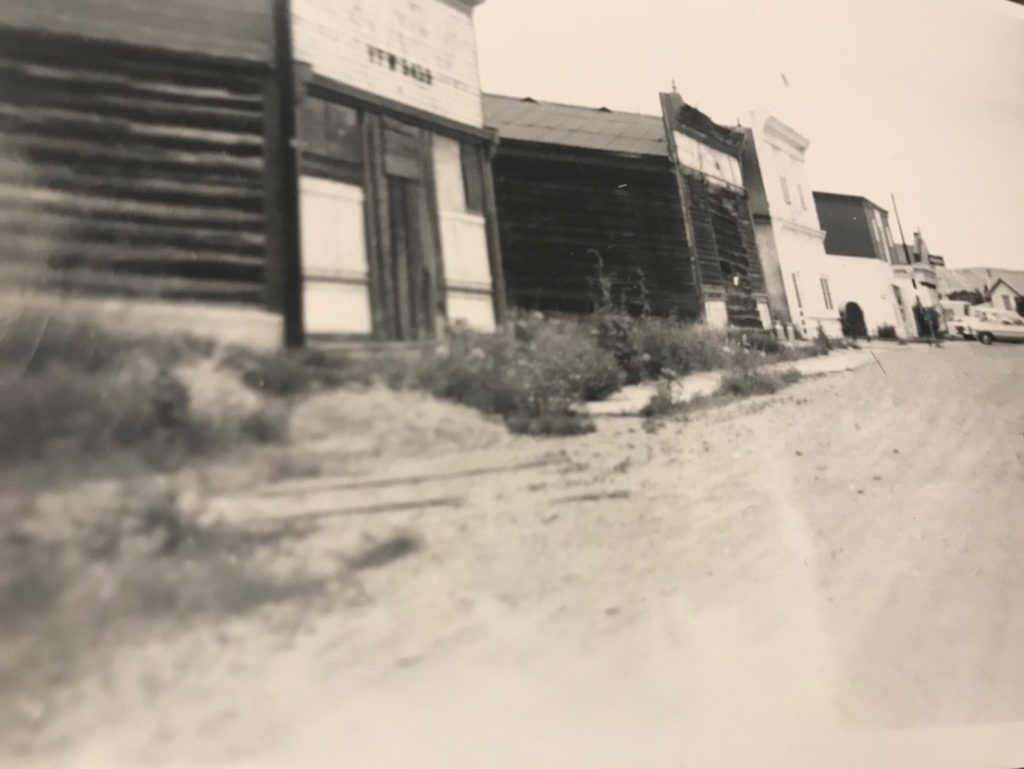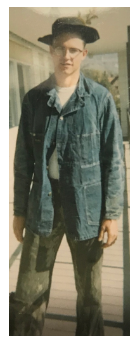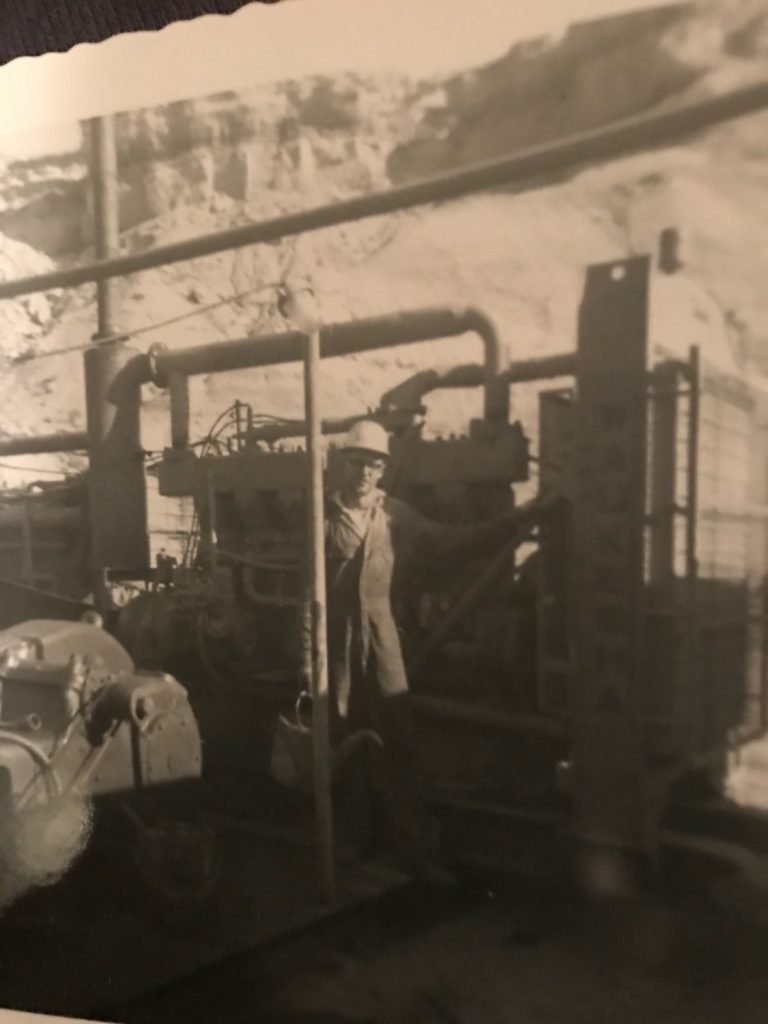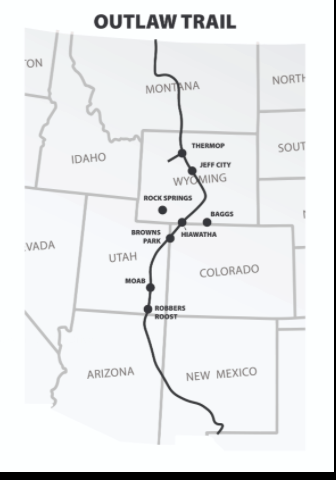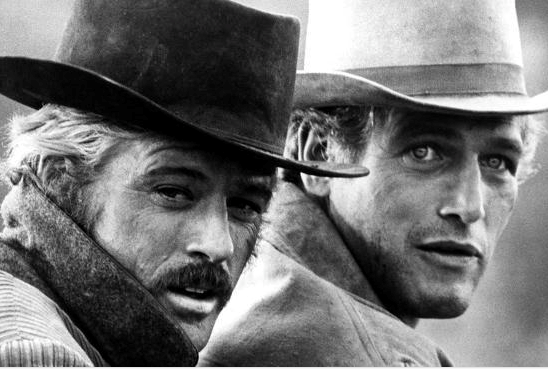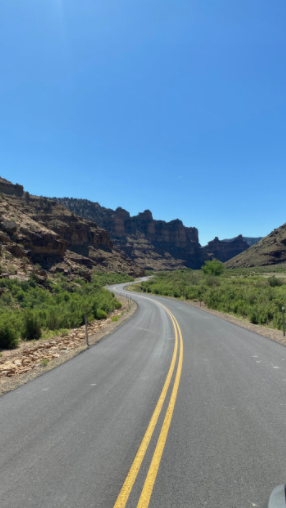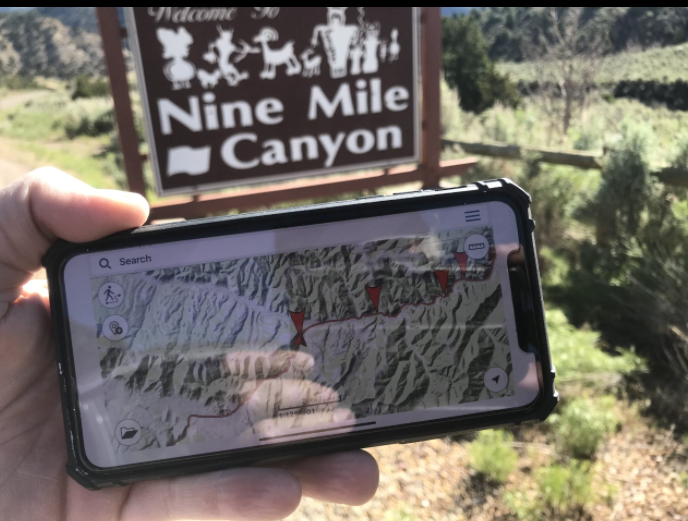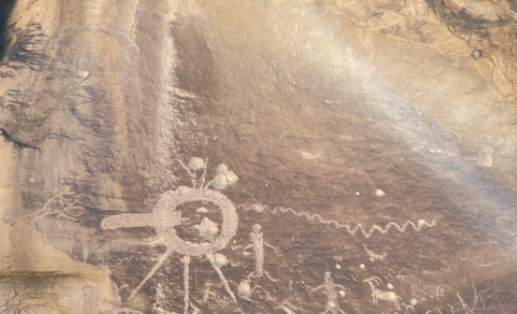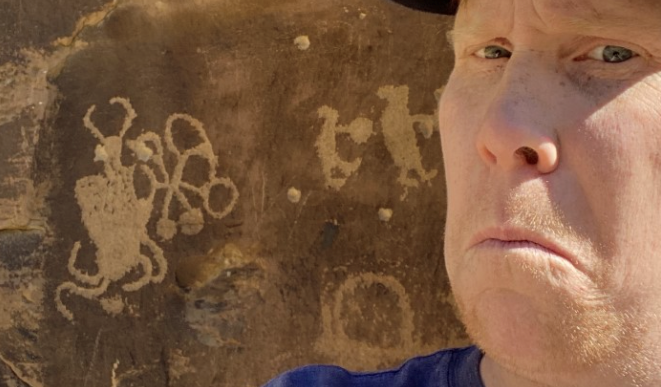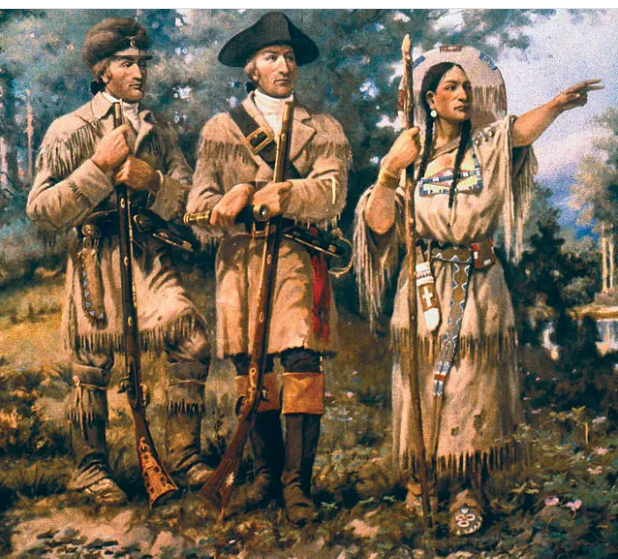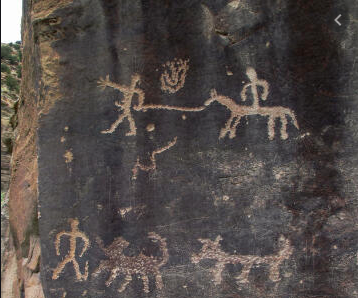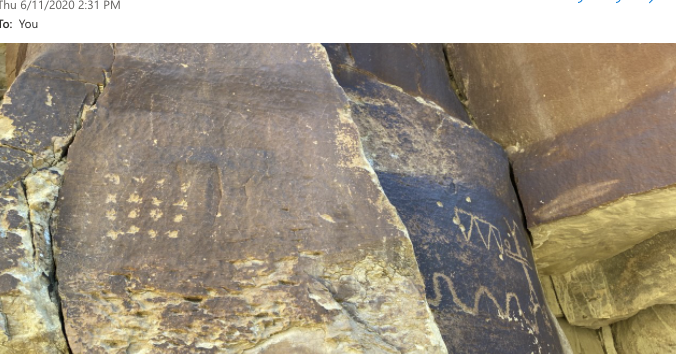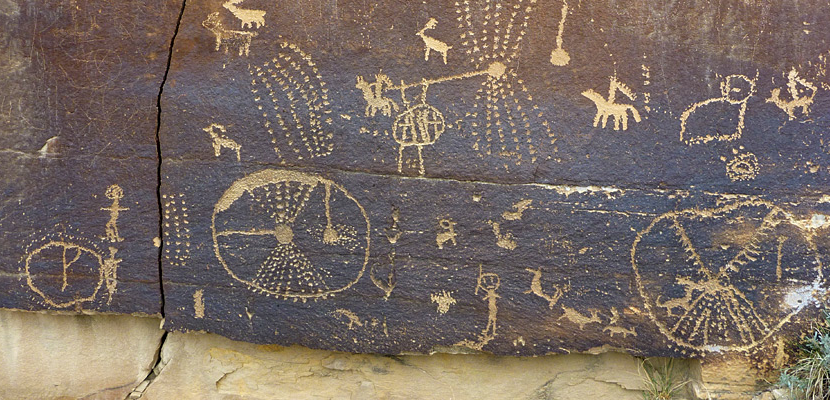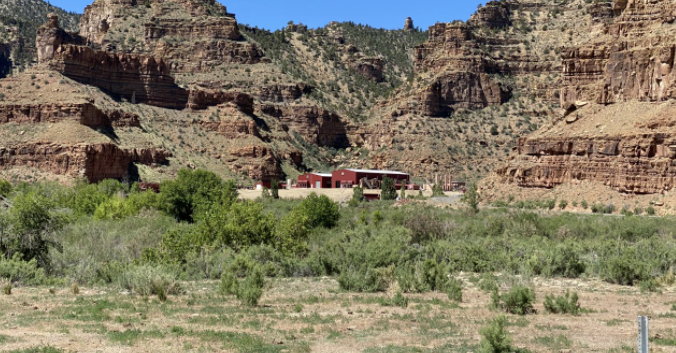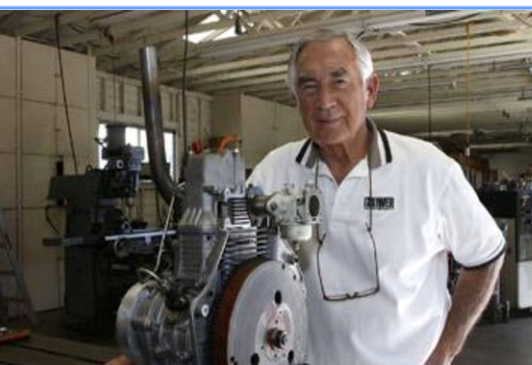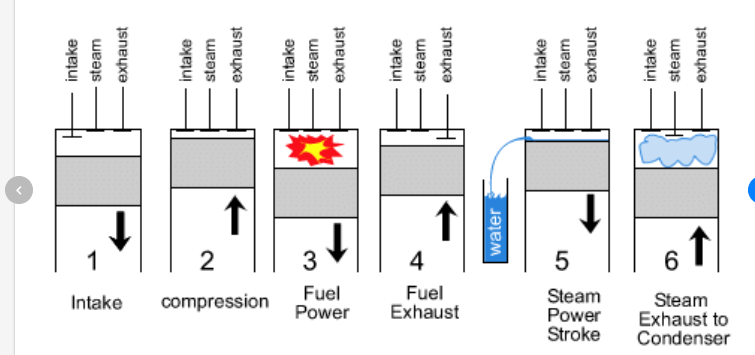In case you missed the Golden Globes recently, Jane Fonda received an award for her contributions to entertainment. “Hanoi Jane”–to males of a certain age (you can Google that)–looked good and accepted the award graciously. During the ceremony a film I had never heard of about the Vietnam war, titled F.T.A … , was mentioned.
As one of the above mentioned “males,” I certainly knew what F. T. A meant (F_ __ The Army). After a little phone tag, the film appeared on my screen.
It starred Hanoi Jane and Donald Sutherland, who played Hawkeye in MASH the movie (Alan Alda played him on the long-running TV series). The troupe did a self-funded Bob Hope style tour of the Pacific Rim, usually playing in venues right outside military installations. The message was defiantly anti-war, and wildly popular with the troops. How they avoided being arrested I’ll never know! F.T.A was billed as Free The Army …. heh heh. In 1971, as the War raged on, clips of the show were spliced together to make a 90-minute film. It’s not great cinema, has the feel of a college project, and was shown for exactly one week before mysteriously disappearing. Fortunately, someone saved a copy to be shown 50 years later. I loved it. It’s now available on Amazon. By the way, buy a copy of the original MASH movie while you’re at it. You’ll learn the lyrics to the theme song, a cultural icon. Keep that F.T.A. thought in your head. We’ll come back to it in a minute.
In midsummer of 1967 I got a nice letter from the F.B.I. saying that I had been judged of sufficient moral character to receive one of our nation’s highest ranking military clearances, TOP SECRET WITH CRYPTOGRAPHIC ACCESS. Orders were to report to Fort Devens, MA, for several months of training with the Army Security Agency (A. S. A in military speak ) as an Electronic Intelligence Tech ( ELINT to those in the trade ).
Having just spent two lovely months in New Jersey (The Garden State!) at even lovelier Fort Dix, I could hardly wait to once again become the guest of Uncle Sam.
Devens had the reputation of being “The Country Club of Army Bases” and for being military, it really wasn’t too bad. Most of the barracks were WWII, it was near Boston, they let me keep my Corvette on base, and I got a month off at Christmas to ski with my girlfriend in Vermont. Beats sleeping in the jungle, I suppose.
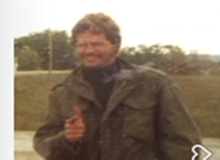
BANG BANG YOU’RE DEAD
After a few weeks, base life settled into a predictable routine :
Mondays were devoted to a review of last week’s lessons, and desperate hangover recovery attempts.
Tuesdays were devoted to new stuff.
Wednesdays were more new stuff.
Thursdays were reviews of Tuesday & Wednesday’s stuff.
Friday was remedial for guys not quite as quick as some others ….and a wild charge to the bars and strip joints right outside the base gate.
That gate was pretty standard military, except that someone, with great pride I suppose, had planted a small garden and taken white painted rocks about the size of footballs, and spelled out A S A among the flowers. Nice.
From 2400 hours on Friday (that’s midnight to you civilians) to about 0600 hours on Monday (6 AM when the morning shift came on) those rocks were rearranged to spell F T A.
Happened every weekend. The divots to locate the rocks were as well defined for one spelling as for the other.
As the weeks wore on, our training became more complex. Encryption, decryption, signal location, etc. were drilled for weeks until we were finally allowed access to The Compound. The Compound was surrounded by a tall fence, topped with razor wire, and guarded by an armed Marine. All four services were represented in our class, which had now sunk to about half its original size.
Inside the first fence was an identical second fence with Marine. Inside that was a sturdy brick building, and inside that was a full-on bank vault containing the Crown Jewels of American Cryptology. Pretty impressive, except that some of the equipment used vacuum tubes. Integrated circuits had been around since the late 50’s, and transistors before that. Oh well.
After some weeks of fondling The Jewels, in late January of 1968, our little class of now six was called into the Brick House meeting room to be awarded our diplomas, and some cool patches to be sewn onto our uniforms. Wahoo! Trying hard to conduct a dignified ceremony, our chief instructor said. “You boys is all done good, but North Korea is captured our spy ship PUEBLO, with all our best CHIT on board. Now we gotta get all new CHIT!!”
It was going to take months, if not years (some estimated 10 years) for the U. S. to recover from this catastrophic loss, and develop new equipment and procedures. I certainly wasn’t going to wait around until then.
As I motored through the gate for the last time, I snapped the sentry a perfect military salute. As he saluted back, I could clearly see behind him the outline of F T A in the snow.
Jane, after more than 50 years, it’s time to let go of all that negativity about you. Can we just be friends.
Duane 04/3/2021

